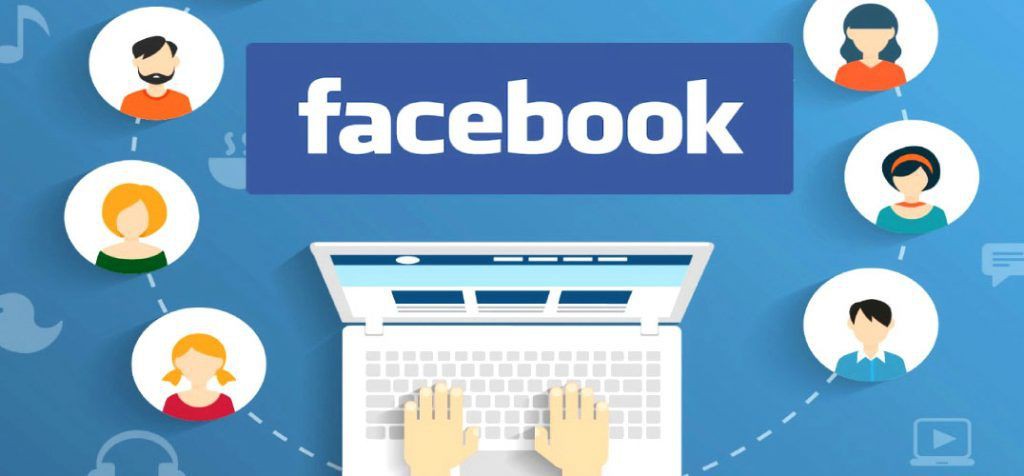Building a community around your brand is a powerful way to foster loyalty and engagement. One of the most effective tools I’ve used to achieve this is Facebook Groups. By creating and nurturing a dedicated group, I’ve been able to connect with my audience on a deeper level, encourage discussions, and drive traffic to my website. Here’s how I did it.
Discovering the Potential of Facebook Groups
When I first started my website, I focused heavily on creating high-quality content and promoting it through various channels. While this helped in driving traffic, I realized that I needed a more personal and interactive way to engage with my audience. That’s when I discovered the potential of Facebook Groups.
Unlike Facebook Pages, which are more public-facing and brand-centric, Groups offer a more intimate setting where members can interact freely, share their thoughts, and ask questions. This seemed like the perfect platform to build a community around my brand and website.
Creating the Group
The first step was creating the group. I chose a name that clearly reflected the purpose of the group and the interests of my target audience. For example, if my website was about digital marketing, I named the group something like “Digital Marketing Enthusiasts.” This made it easy for potential members to understand what the group was about and whether it was relevant to them.
Next, I set up the group settings. I decided to make it a closed group, meaning that new members needed to request to join and answer a few simple questions. This helped ensure that the group remained focused and that members were genuinely interested in the topic. It also added a layer of exclusivity, making members feel like they were part of something special.
Inviting Initial Members
Getting the first few members to join was crucial. I started by inviting friends, colleagues, and existing followers who I knew would be interested in the group’s topic. I also promoted the group on my website, social media channels, and email newsletter. To incentivize people to join, I highlighted the benefits of being part of the group, such as exclusive content, insider tips, and the opportunity to connect with like-minded individuals.
Fostering Engagement
Once the group started to grow, the real challenge was keeping members engaged. I made a conscious effort to post regularly and encourage discussions. Here are a few strategies that worked well:
- Welcome New Members:Every week, I posted a welcome message for new members, encouraging them to introduce themselves and share what they hoped to gain from the group. This helped create a friendly and inclusive atmosphere.
- Share Exclusive Content:I used the group to share exclusive content that wasn’t available on my website or other social channels. This included behind-the-scenes looks, early access to new articles, and special discounts.
- Ask Questions:To spark discussions, I frequently asked questions related to the group’s topic. For example, in a digital marketing group, I might ask, “What’s your biggest challenge with Facebook Ads?” This encouraged members to share their experiences and advice.
- Host Live Sessions:Live videos and Q&A sessions were particularly effective in boosting engagement. These sessions allowed me to interact with members in real-time, answer their questions, and provide valuable insights.
- Encourage Member Contributions:I encouraged members to share their own content, questions, and experiences. This not only increased engagement but also added value to the group by bringing in diverse perspectives.

Proven tips on How to Use Facebook Groups to grow and engage your website audience
Driving Traffic to My Website
One of the key goals of the Facebook Group was to drive traffic to my website. To achieve this, I strategically shared links to relevant articles and resources on my site. However, I was careful not to be too promotional. Instead, I focused on providing value and making the links a natural part of the conversation. For example, if a member asked a question that I had covered in a blog post, I would share the link with a brief explanation of how it could help them.
I also used the group to gather feedback on my content. By asking members what topics they were interested in and what challenges they faced, I could create more targeted and relevant content for my website. This not only helped drive traffic but also ensured that my content resonated with my audience.
Building Relationships and Trust
One of the most rewarding aspects of running a Facebook Group was the relationships I built with members. By engaging with them regularly and providing valuable content, I earned their trust and loyalty. This, in turn, translated into more traffic and conversions for my website. Members were more likely to share my content, recommend my site to others, and become repeat visitors.
Dealing with Challenges
Running a Facebook Group wasn’t without its challenges. Managing the group and keeping engagement high required time and effort. There were also instances of spam or inappropriate behavior, which I had to address promptly to maintain a positive environment. Setting clear group rules and appointing moderators helped manage these challenges effectively.
The Results
Over time, my Facebook Group grew into a vibrant community with thousands of engaged members. The group became a valuable source of traffic for my website, contributing to a significant increase in both page views and conversions. More importantly, it helped me build a loyal audience that valued my content and trusted my brand.
Final Thoughts
Leveraging Facebook Groups to build a community around my website was one of the best decisions I made. It provided a platform to connect with my audience on a deeper level, foster engagement, and drive traffic to my site. If you’re looking to create a loyal community and boost your website’s performance, I highly recommend exploring the potential of Facebook Groups. It requires effort and dedication, but the results are well worth it.






